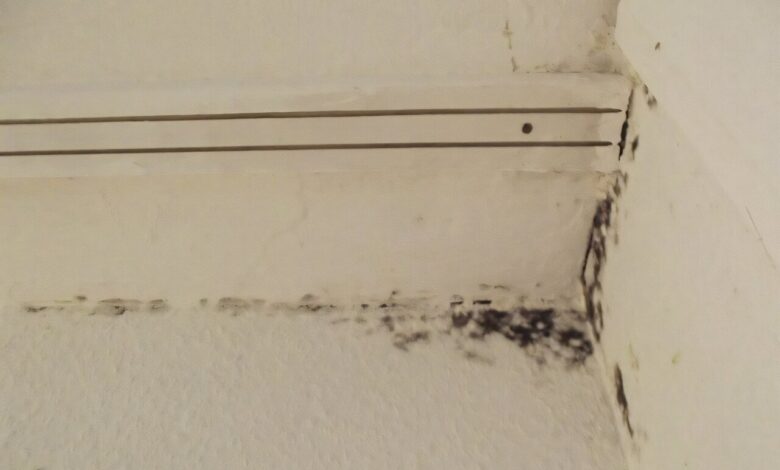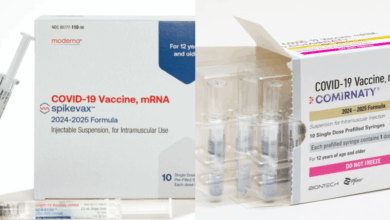Household mold linked to 1 in 4 hypersensitivity pneumonitis cases

Mold is a common problem in many homes, thriving in areas where moisture lingers. Whether it’s due to floods, heavy rains, or even a leaky pipe, mold spores can quickly take hold and grow, turning bathrooms, bedrooms, and air-conditioning units into breeding grounds for fungi. This issue is exacerbated by climate-driven weather changes meeting aging home construction that may not be adequately equipped to handle moisture control.
Recent research conducted by the University of Texas Southwestern Medical Center has shed light on the impact of mold exposure on respiratory health. The study found that one in four cases of hypersensitivity pneumonitis in their interstitial lung disease registry could be linked back to mold found inside patients’ homes. This chronic exposure to residential mold was identified as a potential trigger for severe immune-mediated lung conditions.
Household mold exposure has been associated with various respiratory illnesses, including asthma, chronic rhinosinusitis, and allergic bronchopulmonary mycosis. However, diagnosing mold-related illnesses can be challenging for physicians due to the lack of clear exposure histories and validated testing methods. As a result, the role of mold in respiratory diseases often goes unnoticed.
The study, titled “Hypersensitivity pneumonitis associated with home mold exposure: A retrospective cohort analysis,” involved a retrospective examination of patient records from a single-center interstitial lung disease registry in Dallas, Texas. Out of 231 patients diagnosed with hypersensitivity pneumonitis between 2011 and 2019, 54 had confirmed mold exposure inside their Texas residences. The majority of these patients were in their early sixties, with 90% exhibiting fibrotic disease and 41% requiring oxygen support.
Diagnostic confidence in identifying mold-related hypersensitivity pneumonitis was achieved through a multidisciplinary approach, including high-resolution computed tomography, bronchoalveolar lavage lymphocyte counts, and lung biopsies. Patients also underwent a structured exposure questionnaire administered by pulmonologists trained in occupational assessment. Mold removal was confirmed when contaminated materials were cleared, and water intrusion issues were addressed, or when patients relocated to a mold-free environment.
The study revealed that mold was commonly found in bathrooms, bedrooms, and central air-conditioning systems, often due to chronic leaks from pipes or roofs. Invasive testing supported the diagnosis in the majority of cases. Patients who eliminated household mold showed significant improvements in lung capacity, with some experiencing gains in forced vital capacity within months. The study highlighted the importance of considering environmental assessments and expanding exposure histories in patients with compatible symptoms.
Researchers concluded that home mold is an under-recognized but modifiable cause of hypersensitivity pneumonitis. They emphasized the need for clinicians to be vigilant and proactive in identifying mold-related respiratory illnesses, especially given the projected increase in flooding and heat-induced mold growth. By raising public awareness and implementing thorough clinical assessments, the impact of mold on respiratory health can be mitigated.
For more information, the study titled “Hypersensitivity pneumonitis associated with home mold exposure: A retrospective cohort analysis” can be accessed in the journal PLOS One. This research underscores the importance of addressing household mold as a potential health hazard and taking proactive steps to prevent its harmful effects on respiratory health.





